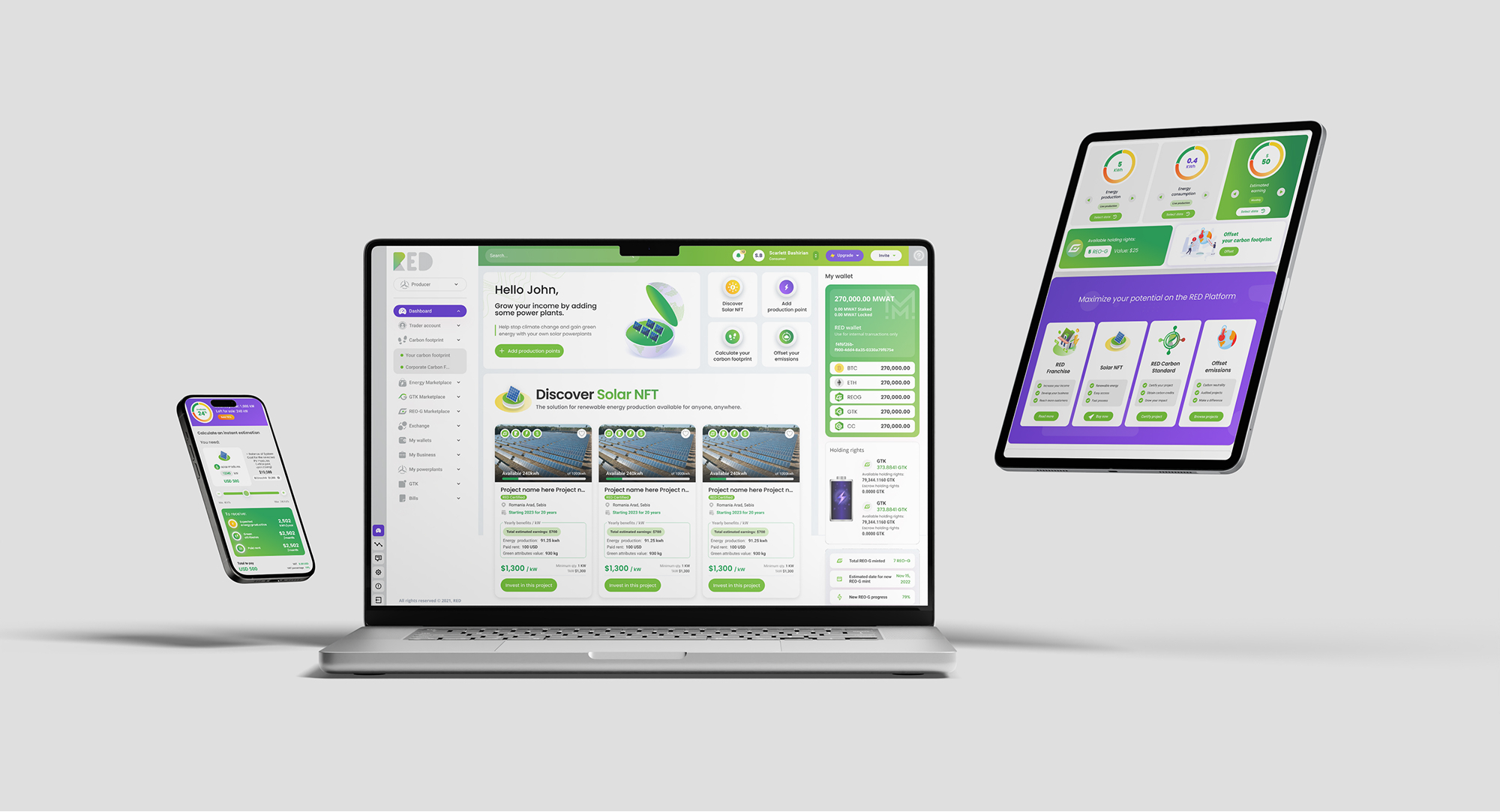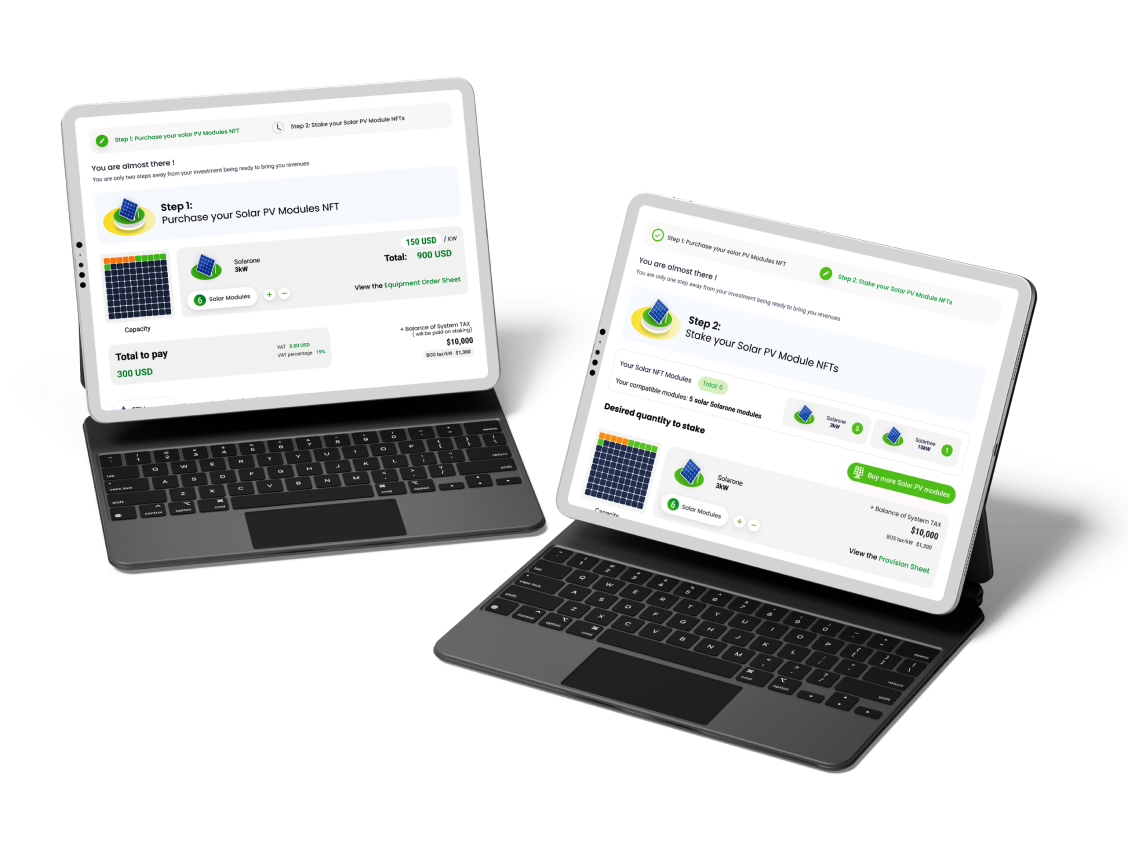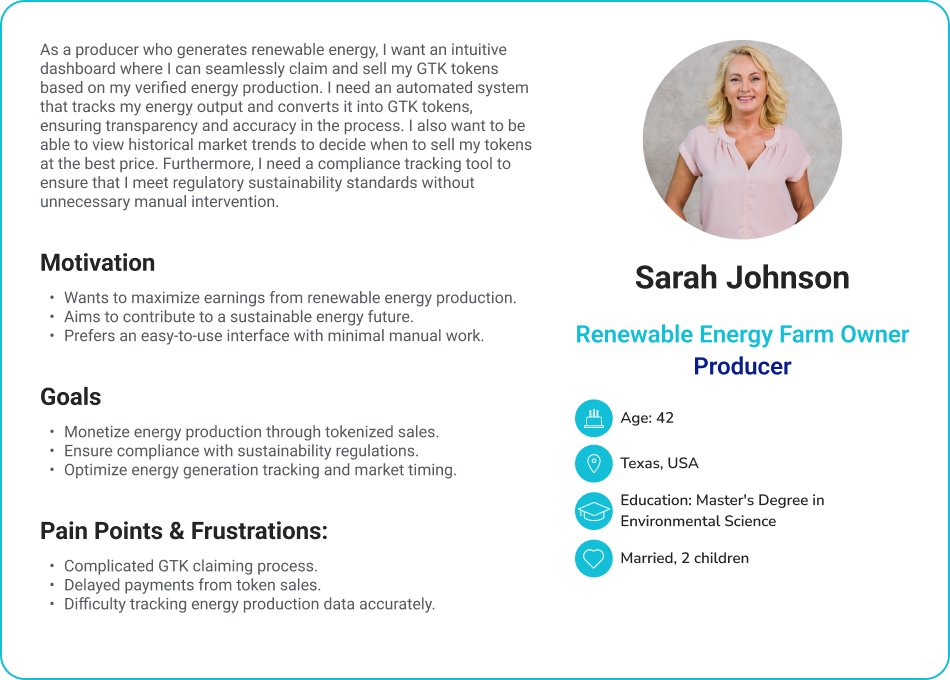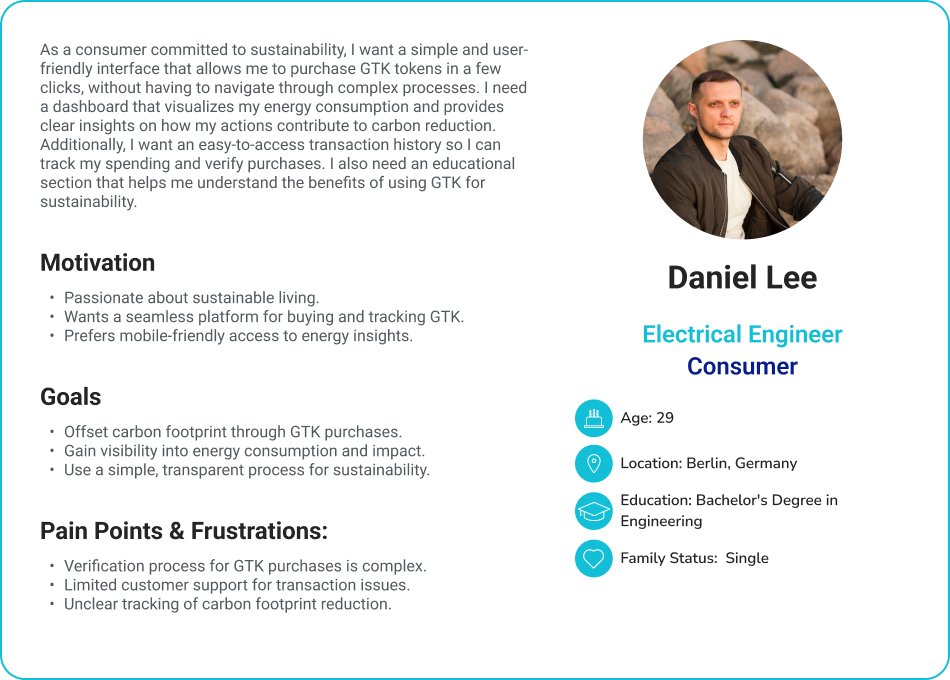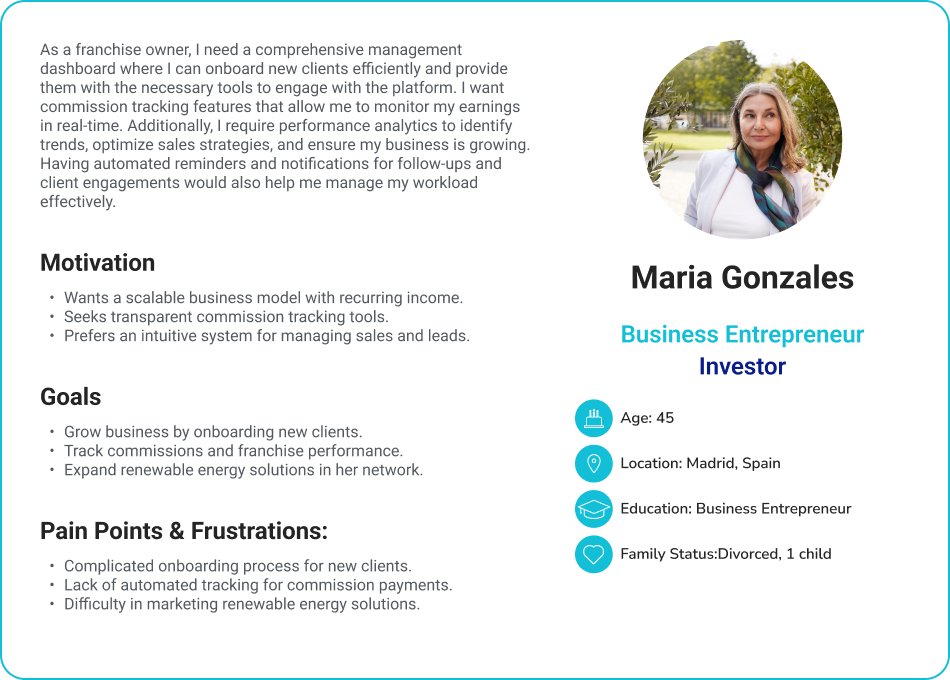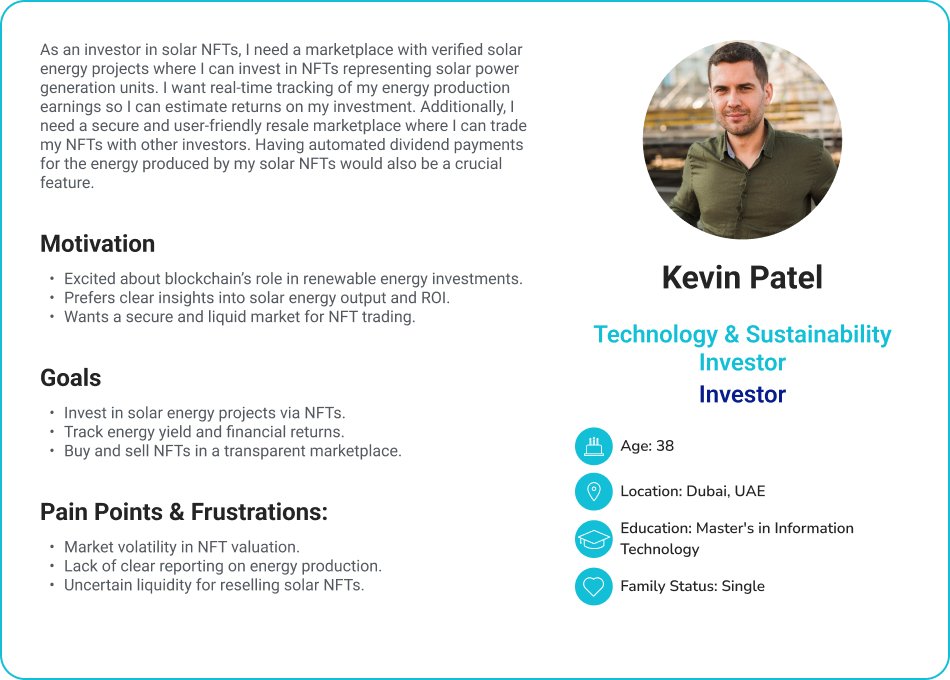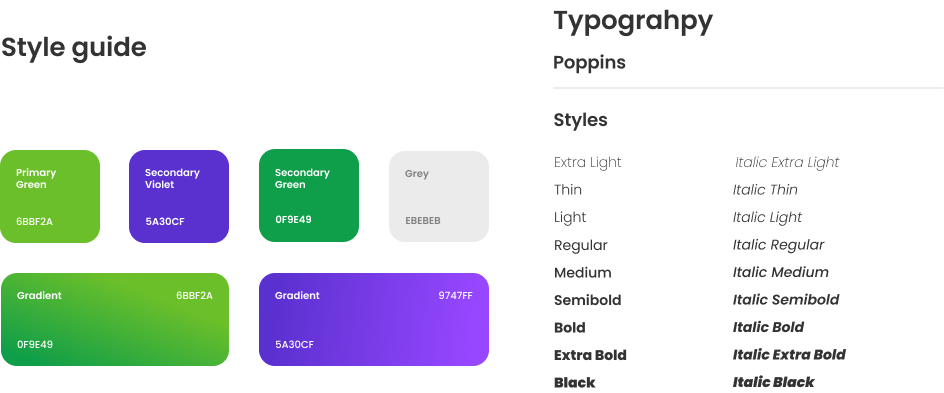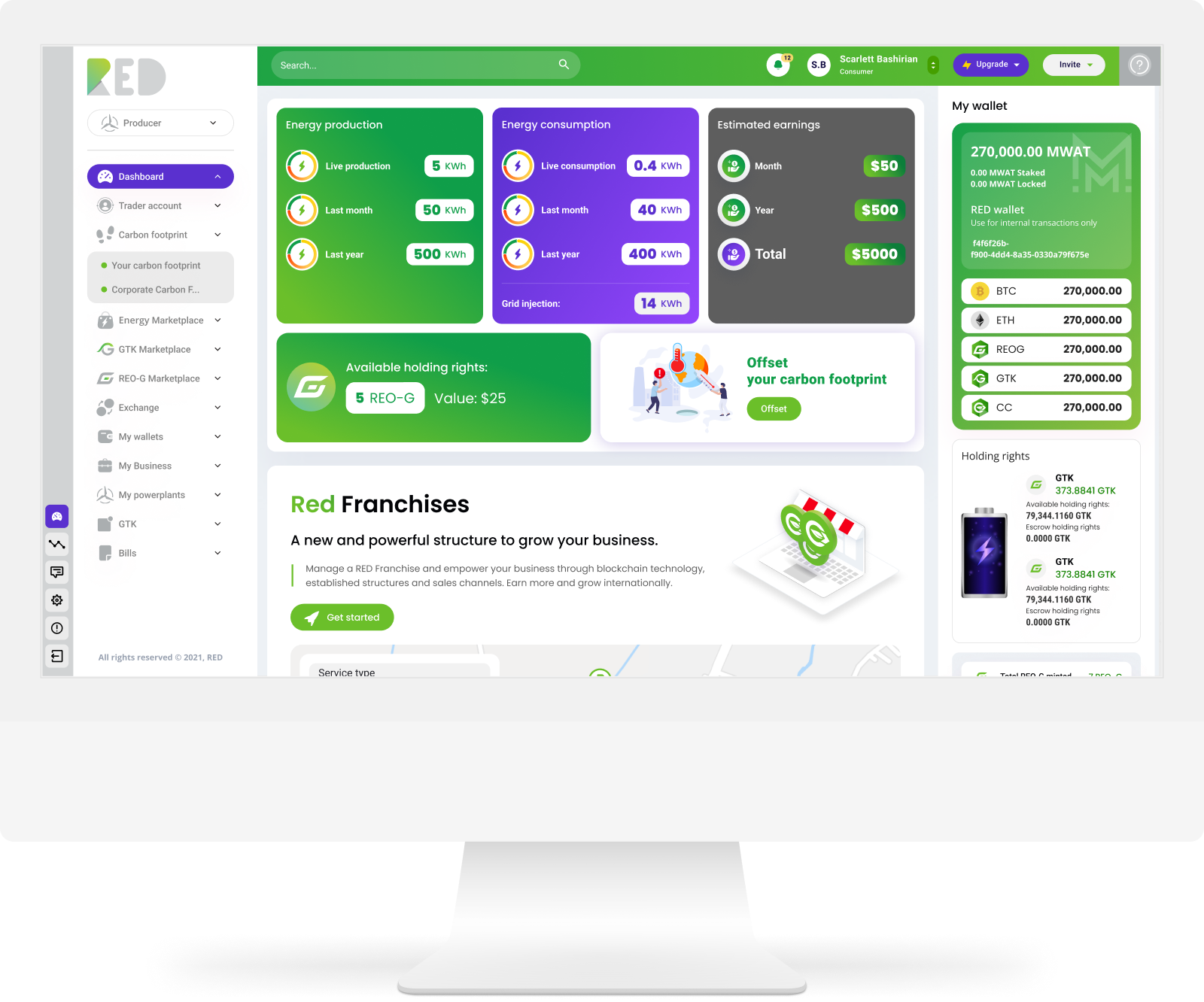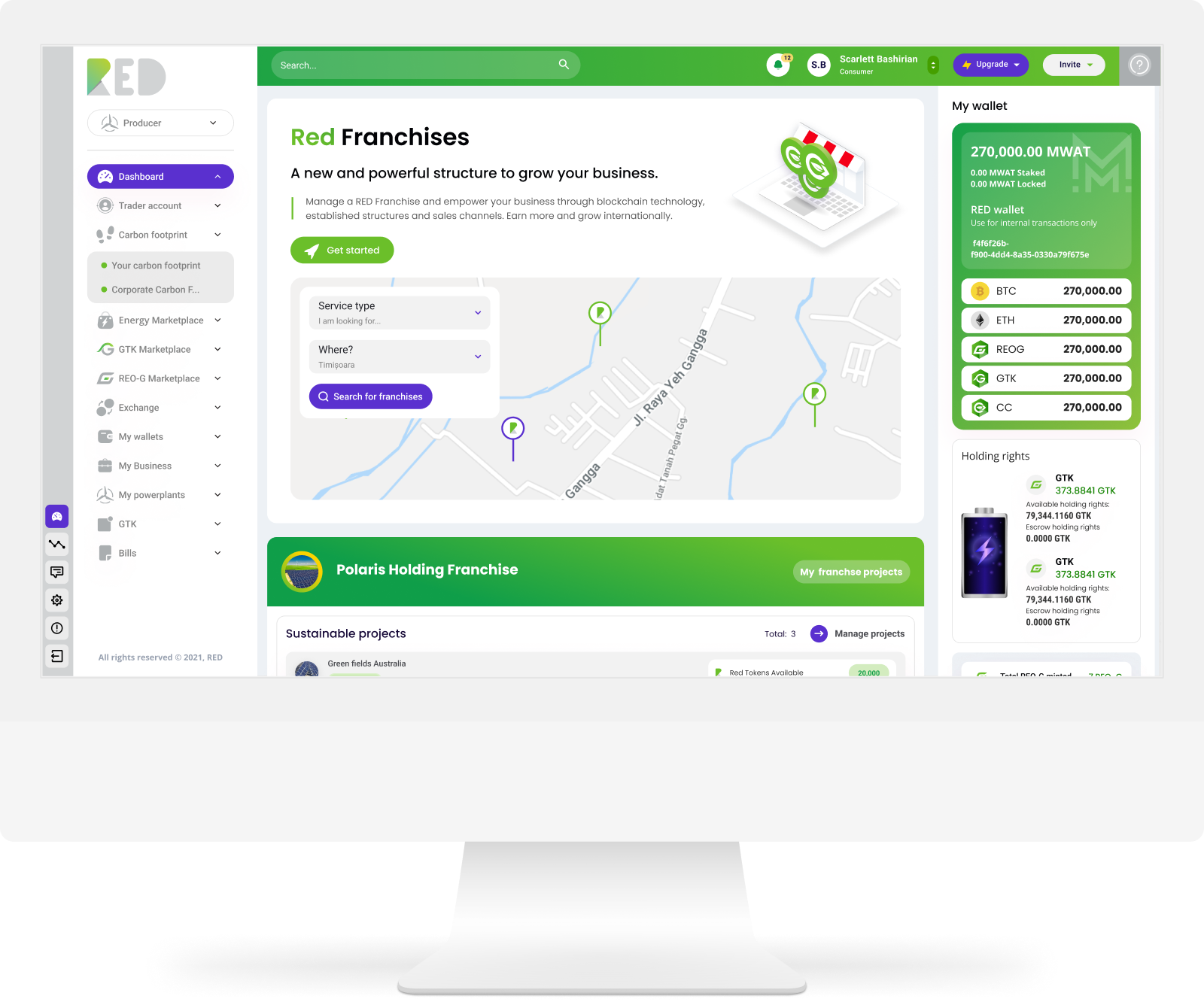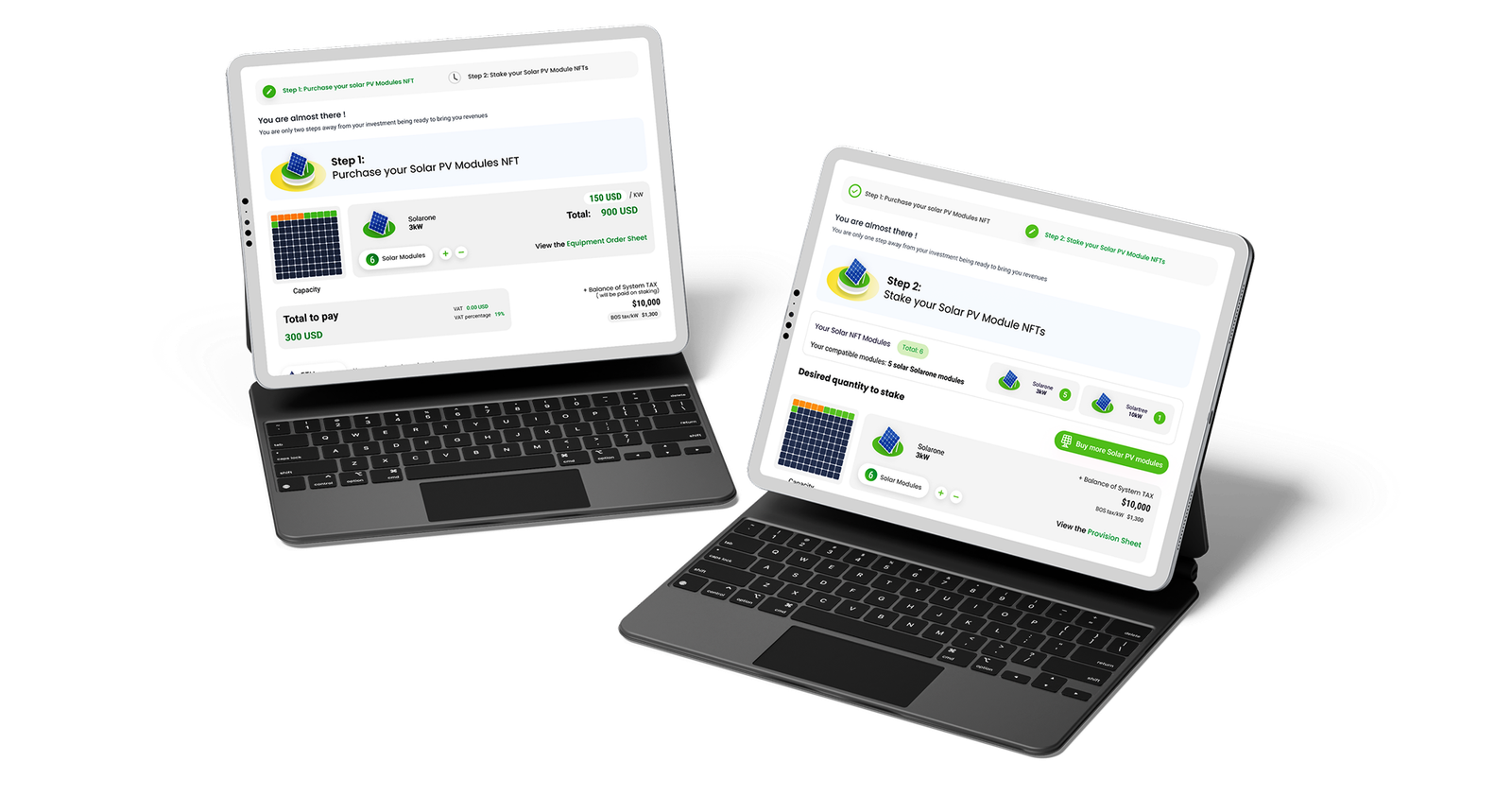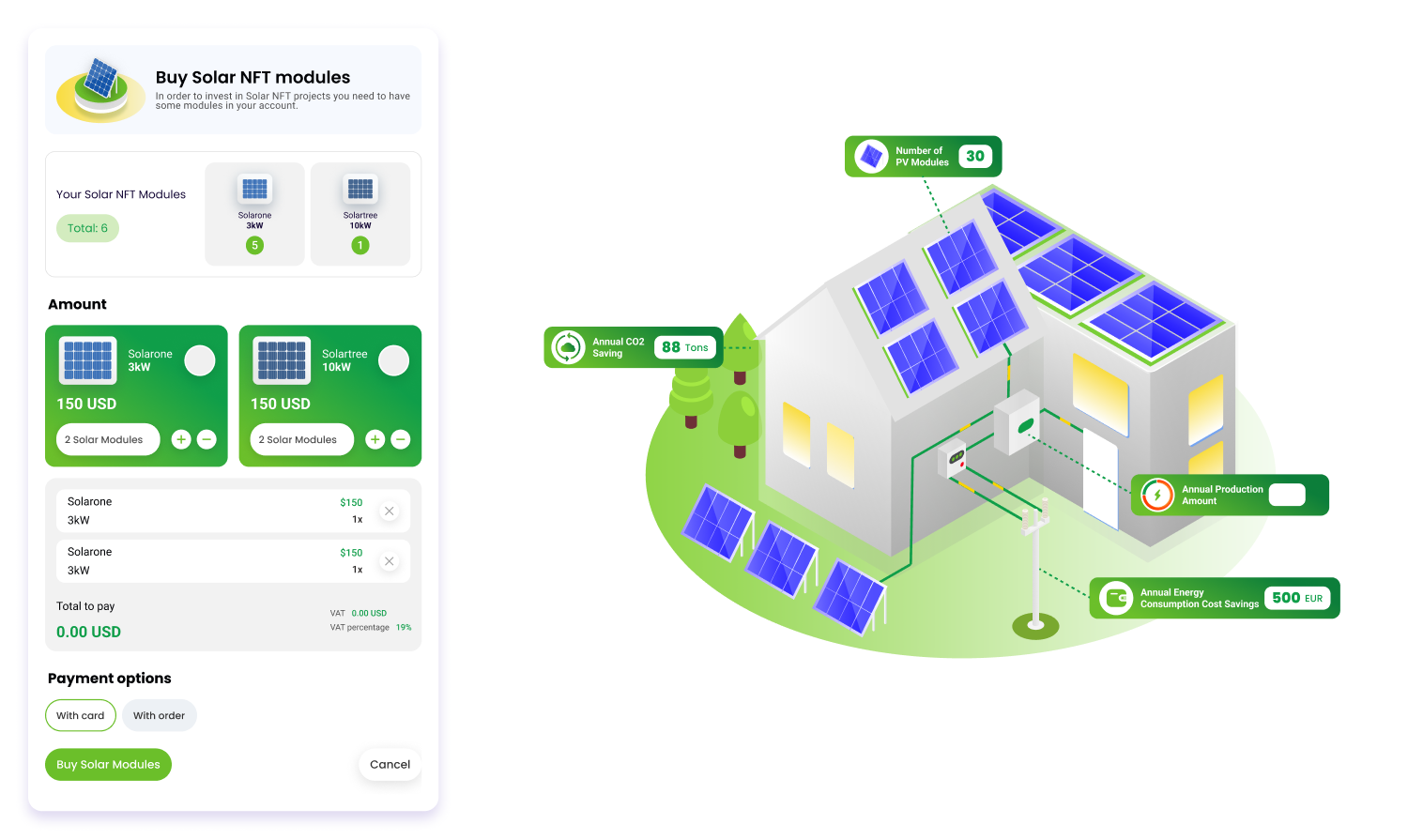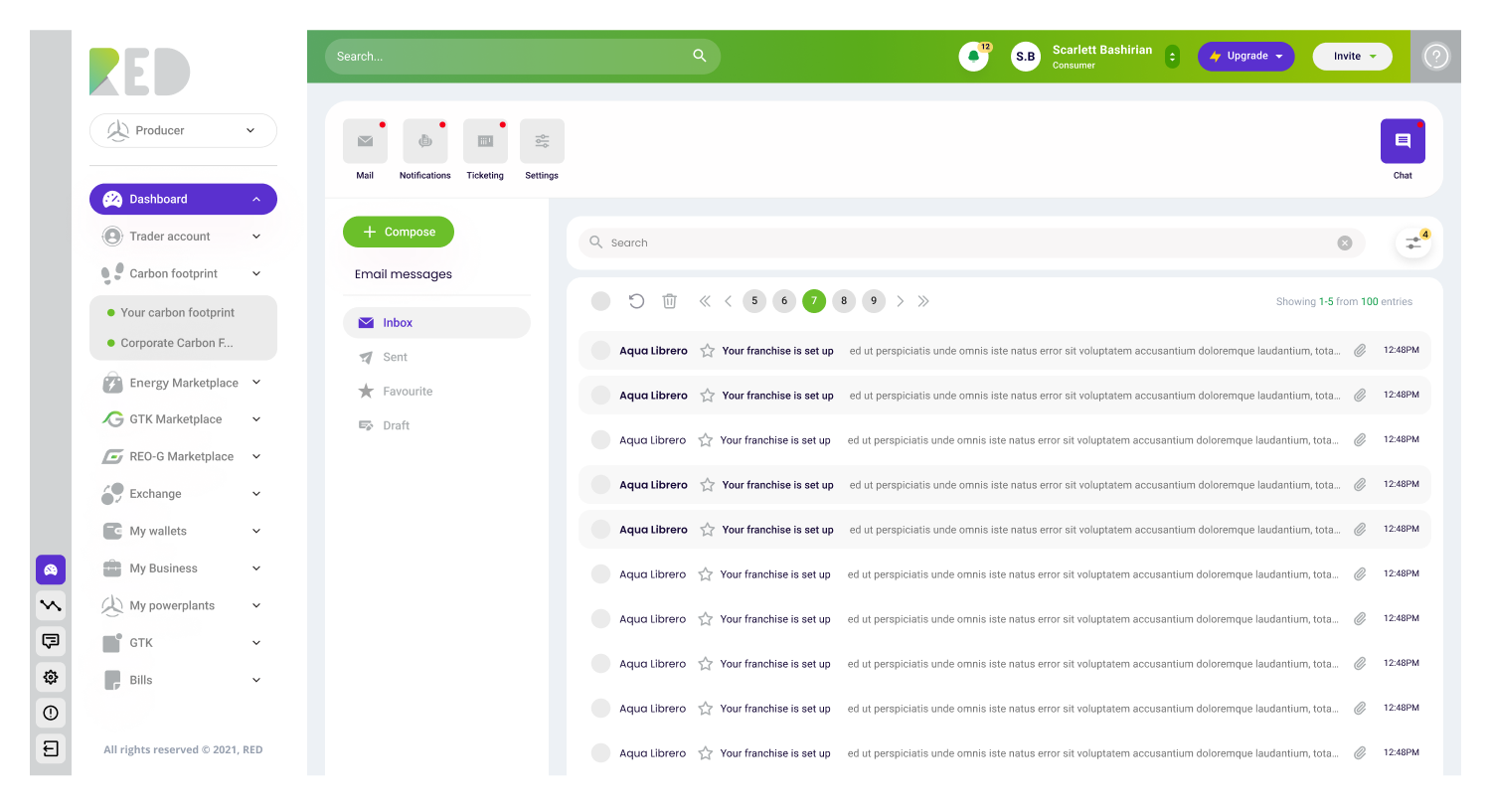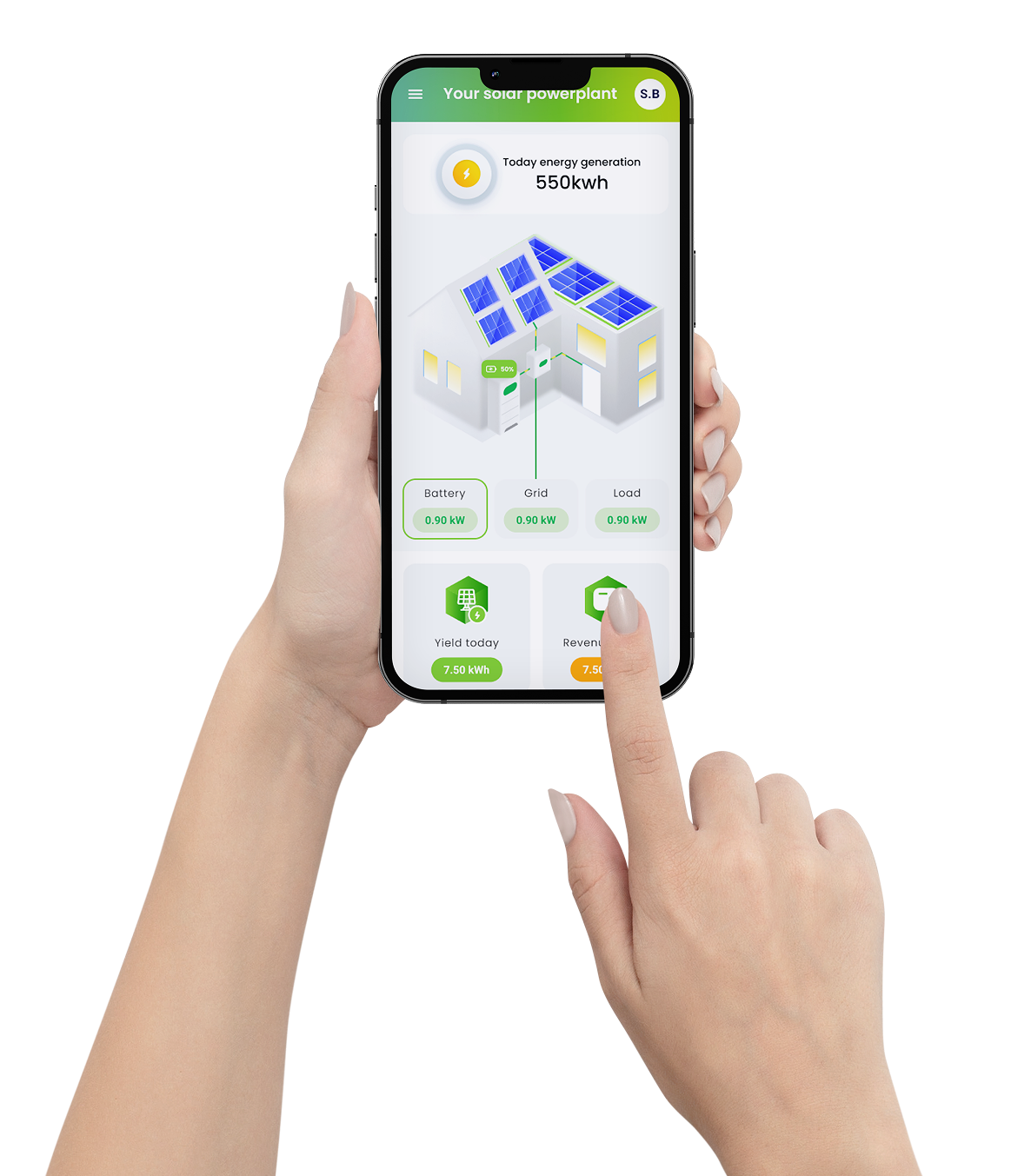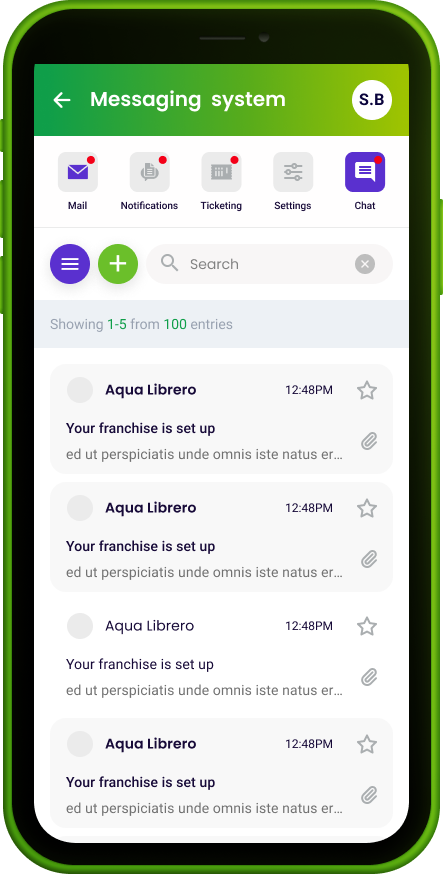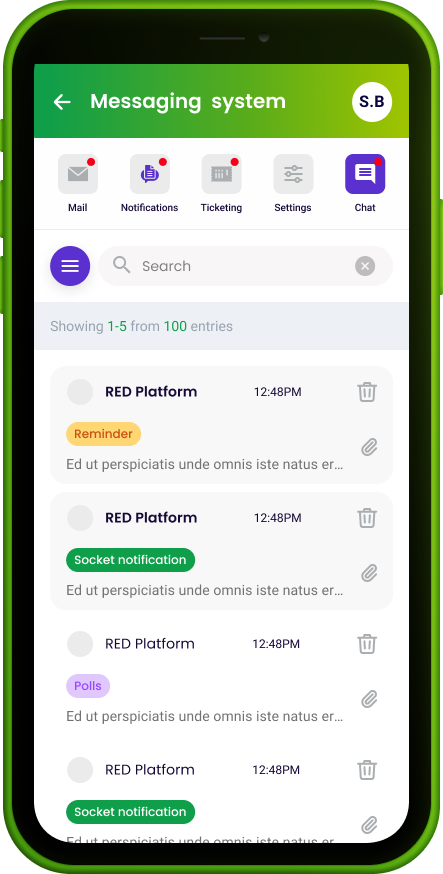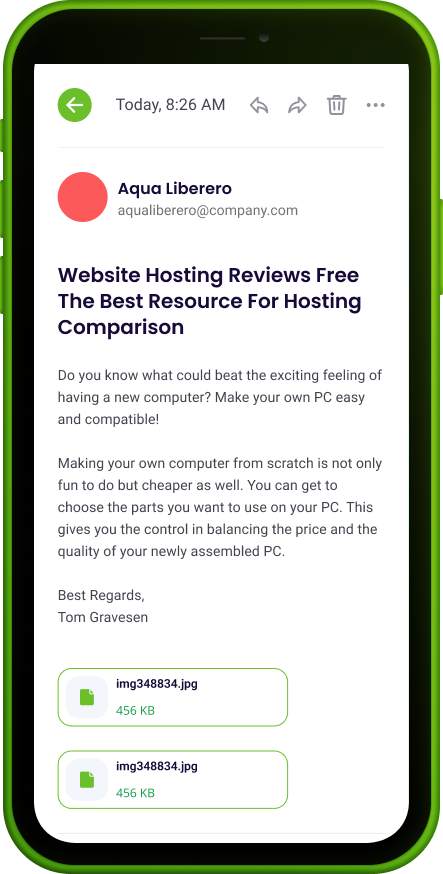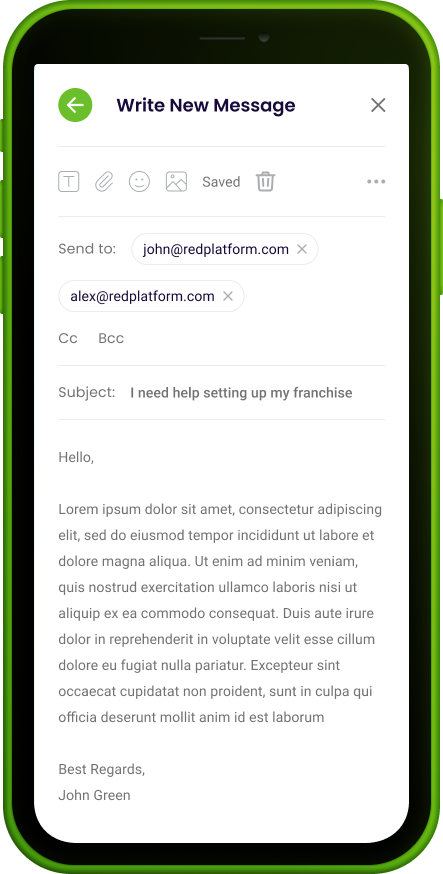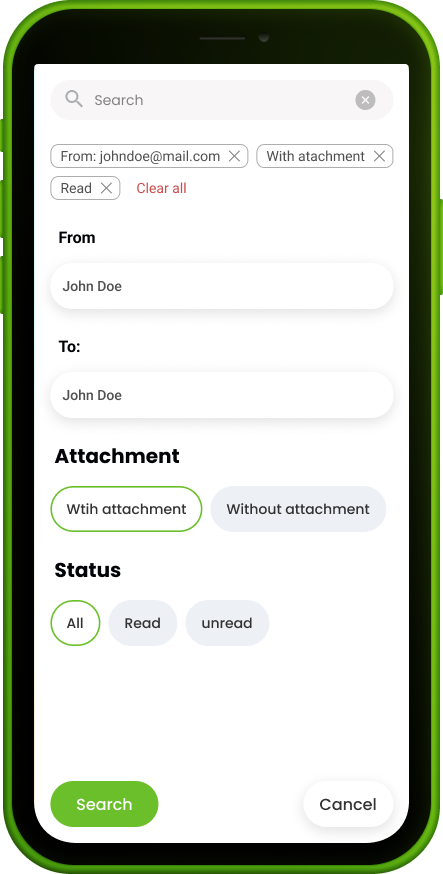Next steps
To ensure a successful launch and ongoing improvements, the next focus areas include conducting beta testing and gathering user feedback to validate design decisions before full deployment. Enhancing the mobile experience remains a priority, with plans to introduce a dedicated app for seamless trading, staking, and project monitoring.
The platform also aims to implement gamification elements, offering rewards for sustainability actions such as using renewable energy or reducing carbon footprints. Additionally, advanced analytics will be further integrated to provide Solar NFT investors with deeper insights into energy yield and financial returns. By pursuing these next steps, the RED Platform is expected to continue evolving, driving adoption and making a lasting impact on sustainable energy markets.

